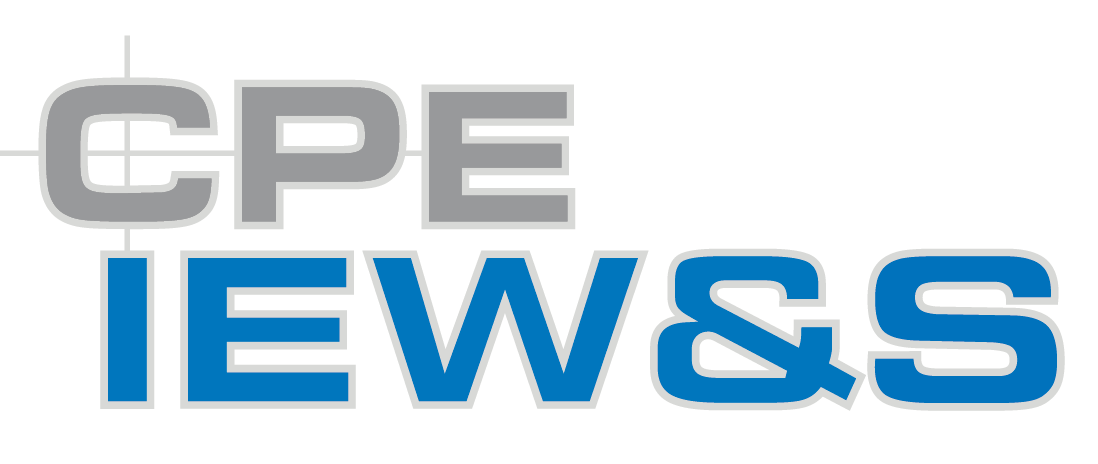Speed, power and precision: this has been a core balancing act in the military for centuries. How fast can a unit bring the fight to a target?
Reliable equipment can go from “nice to have” to critical very quickly, and given the rapidly evolving world today, a reliable piece of equipment can help push the force beyond survivability and safety to victory. Every piece of military technology can make that difference.
This is especially true for navigation systems since they are critical for the Soldier on the march, the wheeled vehicle on the move, and aircraft in the sky. All of these things require reliable, cross-referenced navigation capability.
Project Manager Positioning, Navigation and Timing (PNT), an office of Program Executive Office – Intelligence, Electronic Warfare and Sensors, is moving to create an “office of speed” with the standing up of a new Product Manager for PNT Modernization.
In January of 2019, Secretary of Defense Mark Esper signed a tri-services memo that made modernization of Army, Navy and Air Force systems a major military priority. Since then, Col. Nickolas “Nick” Kioutas and his team have been pushing their areas of expertise, specifically in Assured PNT.
“PNT’s been targeted by our adversaries, so we are moving very quickly,” said Kioutas. “We’re trying to get after modular open systems architectures or MOSA because we see common standards as strategically relevant. When we talk strategic capability, we always talk about the big weapon systems and platforms, but PM PNT recognizes that standards are going to be a strategic capability because the more that we can work with industry hand-in-hand utilizing common standards to get technologies rapidly integrated into the force, [the more we] would be able to remain agile and pace the threat.”
Christopher Jais was selected to serve as the first Product Manager for PNT Modernization. Jais has 16 years in acquisition, has been the Deputy Product Manager for Dismounted Assured PNT since 2018, and assumed the charter for PNT Modernization on October 8.
“PNT Modernization will quickly identify and mature technology to address operational gaps or emerging threats,” said Jais, “ultimately ensuring the Soldier has an assured source of position and timing data enabling their mission success.”
Kioutas’ team, with Jais as a Product Manager, laid the groundwork by promoting open systems architectures; the first is C5ISR Modular Open Suite of Standards or CMOSS. These standards create chassis that can accommodate multiple systems and capabilities.
“The more modular we can get with common chassis, the more it allows us to then develop the internal capability to implement different PNT cards,” said Kioutas. “If another PM has a radio, like a SINCGARS radio, modular open system architecture helps them create a card and plug it into the chassis. If the threat is now jamming or spoofing our radio frequency in that band of capability, we can quickly pivot to a different capability and that’s how we get agility in the force.”
Modularity is one piece, and another is layering radio frequency or RF signals with PNT data from different technologies to cross-reference a location: the ‘assurance’ in ‘assured PNT’. ALT-NAV, or alternate navigation, and any other RF signal or non-RF data sources such as chip scale atomic clocks, controlled oscillators or other timing technologies, plus vision-aided [navigation] really breaks our dependence on narrow-band RF,” said Kioutas.
“ALT-NAV [and other systems are] complementary solutions that we’ve already begun prototyping for both Mounted and Dismounted Assured PNT systems (MAPS and DAPS),” said Jais. “They can provide the Soldier with additional sources of PNT when GPS is degraded or denied.”
“We can quickly assess performance of non-RF sensors, and shift the focus to integration and a converged PNT solution. Adding multiple layers (additional sensors) will provide us a more resilient solution,” said Jais.
Jais went on to say that his team will be running the Open Innovation Lab, or OIL, to push the modernization mission as fast as possible.
“The Open Innovation Lab is an unclassified facility with an emphasis on mature solutions located at Aberdeen Proving Ground in Maryland, dedicated to pursuing rapid integration of PNT technologies,” said Jais. “This lab will allow us to quickly screen potential technologies and assess compliance with our open standards and architectures. It will also provide us an opportunity for collaboration and feedback with industry, academia and government science and technology.”
The PNT Modernization charter spells out their mandate: not only will they be moving technology and systems further and faster but they will be seeking out new partnerships in industry and academia, and creating common standards for those groups to ensure expediency, communication, and continuity for PNT technologies.
This is how they intend to fulfill their office’s vision to “promote the rapid development, synchronization, maturation and transition of technology to deliver solutions effectively and efficiently that address PNT operational gaps.”


